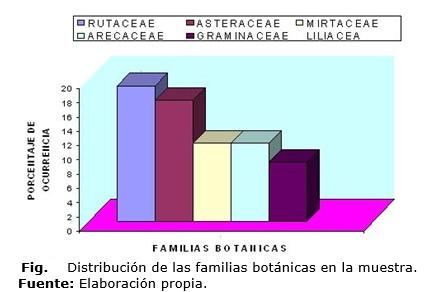Use of ecosystem services in the community «La Majagua»
Main Article Content
Abstract
Downloads
Article Details
References
ACOSTA, L. Salud con tradición. (CU). Periódico Juventud Rebelde. Abril, 2014, 10 p.
BETANCOURT, A. Arboles maderables exóticos de Cuba. La Habana: Editorial Científico-Técnica, 2000.
BONILLA, S. Introducción al Simposio Experiencia en la gestión de Servicios ecosistémicos en Centro América y el Caribe. Santo Domingo: Hotel Magna, 2014.
DUBOIS, JEAN. Utilización de productos forestales madereros y no madereros por los habitantes de los bosques amazónicos. Unasylva, 1996, 186(47), 8-14.
CABRERA, C y ELLIOT, P. La cabeza que solo tiene dientes. Revista Se puede, 1995. 1(5), 22-24.
CALZADILLA, E. Sistemas agroforestales en Cuba. La Habana: INAF, 2013.
FAO. Biodiversidad para un mundo sin hambre. Roma: Comisión de Recursos genéticos para la alimentación y la agricultura, 2009.
FARIÑAS, L. Un asunto de todos. (CU). Periódico Granma. Abril, 2014, 10 p.
GISPERT, M. y GONZÁLEZ, C. 1993. Plantas comestibles-plantas medicinales. ¿Matrimonio en concordia? Antropológicas (7), 58-64.
GÓMEZ VALENZUELA, V.; BONILLA, S. y ALPIZAR, F. Valoración económica del sistema nacional de áreas protegidas de la republica Dominicana. Simposio Experiencia en la Gestión de Servicios Ecosistémicos en Centroamérica y el caribe. Santo Domingo. Hotel Magna, 2014.
SOTOLONGO, A. Alimento para no envejecer. (CU) Periódico Orbe.Ciencia y Tecnología, 2013, 13-19 julio.
SOW, M. y ANDERSON, J. El concepto del bosque de los mauniqué de Bamako, Mali. Unasylva, 1996, 186(47), 22-27.
TONGKEL, F.; LASIMBANG, C. y CHIN, P. El conocimiento tradicional y la ordenación forestal sostenible: la experiencia de Malasia. Unasylva, 2013. 240(64), 41-49.
VELÁZQUEZ, D.; GUYAT, M.A.; MANZANARES, K. Estudio etnobotánico de especies que crecen en el macizo montañoso Guaniguanico. Revista Forestal Baracoa, 2008, 27(1), 75-81.


